About rwb330
About rwb
Red-white-blue is durable and multifunctional like Hong Kong people – fortitudinous, adaptable and industrious. Symbolising people in recovery of mental illness who make every effort to step forward on recovery and rebuild a healthy body, mind and spirit.
rwb can be found everywhere in Hong Kong. People may think that it must be originated in either Hong Kong or China. In fact, rwb is a product of Japan, but then exported to Taiwan and eventually come to Hong Kong. But one thing can be sure is that Hong Kong people glorify the use of rwb materials. The first homecoming bag is made by Hong Kong people.
rwb is a plastic woven fabric, made from either polyethylene (PE) or polypropylene (PP). It has various colors such as red, black, white, blue, green and orange, etc., Why red-white-blue stripes has become the most typical pattern in Hong Kong? In Taiwan’s tradition, people will hold funerary and auspicious rites at home using temporary pavilions covered with blue-white fabric. Later, red color which represents lucky and fortune is added in the color scheme in happy occasions, forming the present typical red-white-blue fabric.
rwb becomes popular in the 70s-80s when Hong Kong experienced rapid economic development. At the beginning, rwb is used for temporary sheltering in the farms in New Territories. After the decline of agricultural industries in Hong Kong, more and more high rise are being built, and there are regulations that require the use of shielding cover when tearing down buildings to prevent flying debris. Consequently, the demand for rwb was significantly increased. In the late 70s and early 80s, China re-opened its doors to the rest of the world, resulting that the connection between China and Hong Kong became closer. Many Hong Kong people visited their relatives in mainland with large bags of gifts, daily necessities and electrical appliances. Moreover, the KCRC and Hong Kong Customs Office imposed a ban on using carrying poles. Therefore, many people switch to use the light, durable and economical rwb homecoming bag.
Thirty years ago—well before the red, white and blue-striped material become synonymous with Hong Kong among international travelers—Lee Wah, the owner of “Wah Ngai Canvas”, was selling it in Sham Shui Po. With his ingenuity and skillful hands, Lee was the original pioneer who came up with the idea of making the red-blue-&-white nylon bags in the 1970s and 1980s, which were deemed by most Hong Kong people as a “must-have” items to transport necessities to their relatives on the mainland.
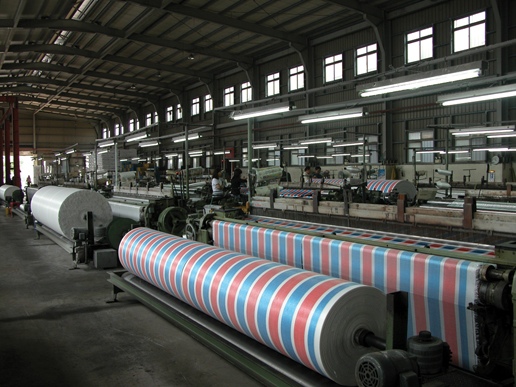
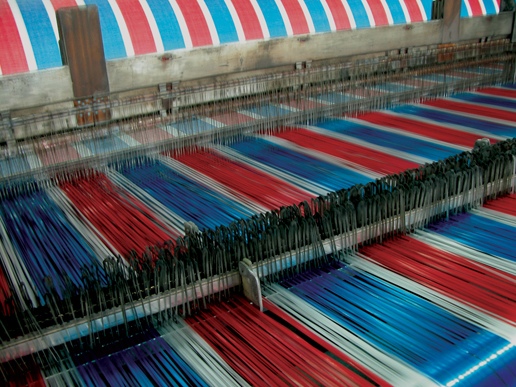
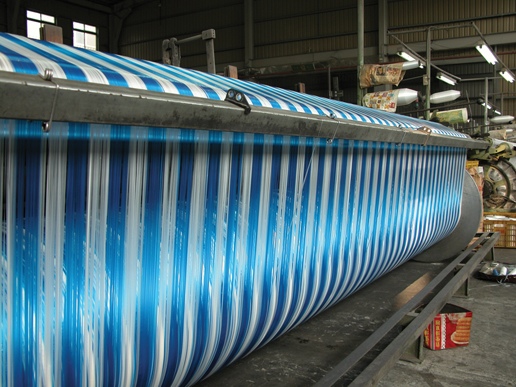
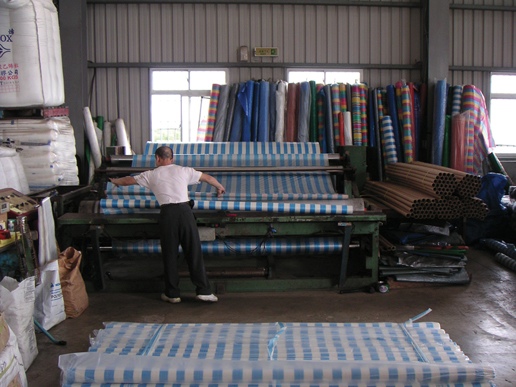
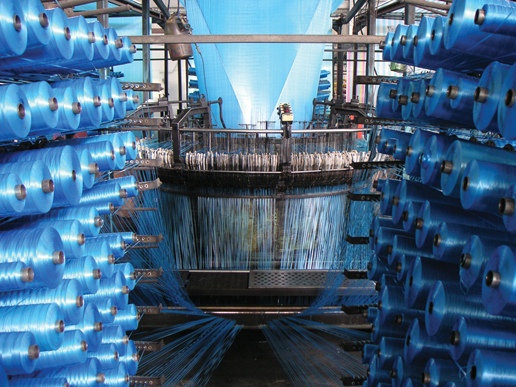
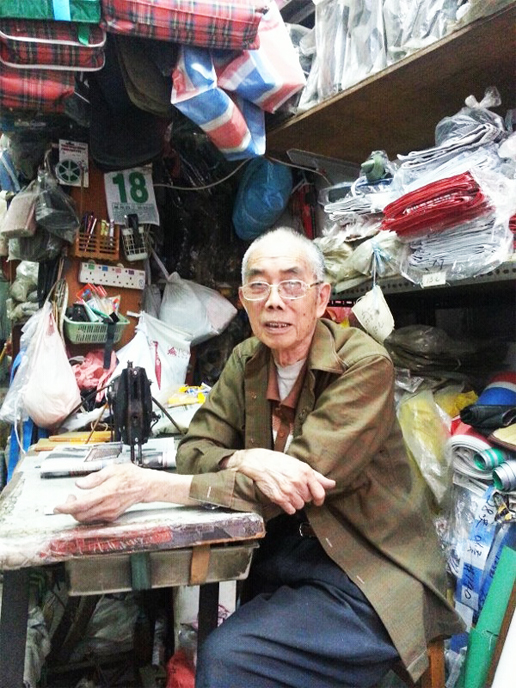
Lee Wah, founder of red-white-blue bag